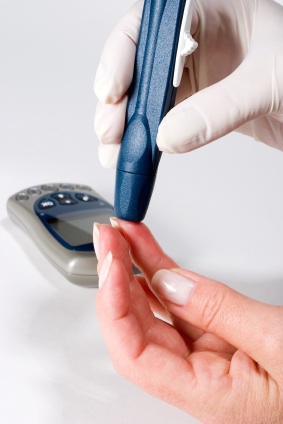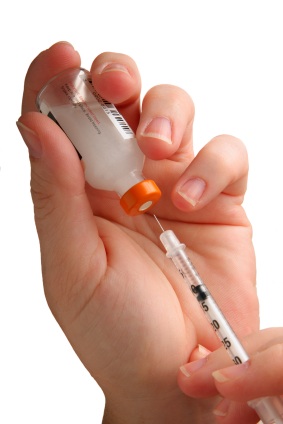Peppermint
Nearly everyone has tasted and smelled peppermint. From candy to toothpaste, the peppermint herb is a plant that has many uses and not just for health reasons. Its sweet, but sharp, smell entices and soothes everyone.
Where does the peppermint herb come from?
The peppermint herb’s Latin name is Mentha Pepirita. It is a cross between the water mint and spearmint, and is only grown in this way, as it is usually sterile. That means that the peppermint plant does not spread through pollination. That doesn’t mean the peppermint plant doesn’t grow well on it’s own. On the contrary, peppermint plants, and all it’s kin, are fast growers.
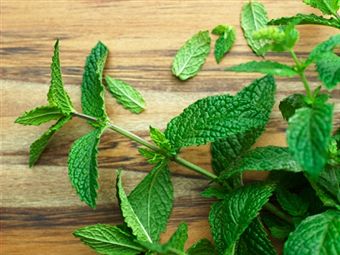
The peppermint plant has been used and cultivated since ancient times. It is hard to say when humans first used it. It grows wild in Central and Southern Europe, and some believe that is where it was first cultivated for medicinal use and in foods.
There has been some evidence of the peppermint plant during ancient times in Japan and China, and there is a tomb with hieroglyphs that show the peppermint plant in Egypt. The tomb dates back from 1000b.c.
Greek mythology also mentions the mint family. Mintha was the lover of Pluto, but he had a wife. Persephone, the wife, beat Mintha into the ground and turned her into a lowly plant. This way, she would always be trod upon. Pluto could not save Mintha, but gave her a sweet smell.
How does the peppermint herb grow?
The peppermint herb is a leafy plant that doesn’t grow more than 3 feet tall. Its leaves are fuzzy to the touch, and the plant gives off a faint peppery, sweet smell. Rubbing a peppermint leaf between fingers will release even more of the scent.
Growing peppermint plants is incredibly easy. The hardest part about growing peppermint is keeping it under control so that it doesn’t push out any other plants in the garden. It is an invasive plant that easily, and quickly, takes over everything. The peppermint herb is planted in rich, moist soil. It will grow best in full sun, but some shade won’t hurt it. As long as the plant gets sun and water, it will thrive. To help contain the controlling plant, it can be planted in a pot and kept indoors.
It is the leaves of the peppermint herb that are cultivated for human use. The flowers are regularly cut off to allow for more leaves to grow. Younger peppermint herbs have different, somewhat foul, smell to them. If left to grow older, the smell becomes sweet and the scent we love. When ready for use, the leaves of the peppermint plant are cut off, including the stems, to be used to make many different products.
What is the history of use for the peppermint herb?
As mentioned earlier, the peppermint herb grows wild in parts of Europe. In Romania, Mint Rubbing has become a huge fad, so much so that political figures are required to do this. It first originated in Romania and is one of the reasons why many believe it to be the birthplace of mint use for humans.
What is Mint Rubbing?
It is an almost obsessive compulsive act of actually rubbing mint. There are no rules to how it should be done, but it would seem that the scent released from the plant plays an important role. It has since evolved into a slang term for wasting time when you should actually be working.
In the first century A.D., the Roman naturalist Pliny mentions the peppermint herb as being used for medicinal purposes. It was also mentioned in a thirteenth century Icelandic story. As for medicinal uses, it was used in England during Elizabethan times to cure over forty health problems and diseases, and many other uses.
One example was that peppermint, and other forms of mint, were scattered about in homes and public places in order to cover up foul odors. People would take deep breaths of the smell of peppermint. This use continues today in products like toothpaste and mouthwash that are also used to cover up bad morning breath.
Are there different variations of peppermint?
As mentioned, the peppermint herb is the cross between water mint and spearmint. So, that makes at least two more types of mint. Altogether, there are over 600 varieties of mint, with sixteen of them being used the most today. Some of these varieties mess with the smell of mint and make for some interesting scents.
For example, there is the chocolate mint, which has that delightful smell of chocolate and peppermint just like hot cocoa stirred with a candy cane. Similar scented mint plants are the orange mint, pineapple mint, and the apple mint. There are also a large number of mint hybrids and different varieties grown around the world.
Although all of these plants are similar in make up and scent, the two that are used most often for human use are the peppermint and spearmint. Out of the two, peppermint wins hands down. It is used more often for medicinal purposes, or for scent purposes, than any other mint plant.
What is the peppermint herb used for?
The peppermint herb has many uses. It is used for medicines, for its calming effects, and for its unique, and powerful, scent. The uses for peppermint are great in number and there will probably be more found as years go by and more experiments are done.
The peppermint herb helps cure an upset stomach. There is a reason why mints are given after a big meal at a restaurant. Peppermint does a few things when swallowed. One of them is it stimulates the flow of bile in the stomach, making the food digest quicker. It is also an antispasmodic, meaning it stops cramps and stomach pain, making the peppermint herb an organic choice for alleviating monthly menstrual cramps.
Another effect of the peppermint herb that helps with indigestion, as well as other ailments, is its anesthetic effect. It gives off a cooling and numbing sensations that helps with many health problems. It can relax strained or aching muscles, whether from overworking the muscles or just the aches and pains of age and life. It can also be used to calm itching or sunburn. Peppermint’s numbing sensation helps relieve migraines when applied to the head, too.
What ailments does it help cure?
The peppermint herb also helps against headaches because it has a calming effect. Someone with a headache can take some peppermint so that the body will relax, and then rest away the pain. This calming effect is also useful against anxiety and stress. No matter how stressful the day is taking some peppermint will calm the body. Insomnia, as well, can be treated with peppermint’s calming effect. With a relaxed body, a person will fall asleep easier. This calming effect also helps prevent vomiting by calming a queasy stomach.
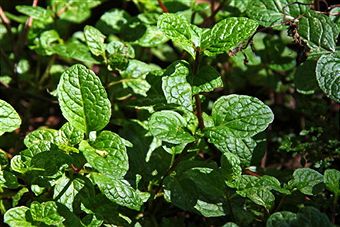
As an expectorant, the peppermint herb can be used against colds, the flu, or just to ease a nagging cough. Like cough syrups, which are often mint in taste, the peppermint herb will help to expel phlegm from the lungs. This is only a temporary relief from the cold symptoms, but will help a sufferer get through it all.
Colds
Also, against colds, the peppermint herb has an ability to warm the body. Someone who has chills can find warmth with peppermint. It is also useful if someone faints and needs to quickly get their body back to normal temperature.
Peppermint also has antibacterial effects. It will kill bacteria and germs, and is one of the main reasons why peppermint is used often in toothpastes. The other reason is because the scent of peppermint covers up mouth odors. Since the peppermint herb is such a good bacteria killer, it also helps prevent food poisoning if someone accidentally eats bad food.
Besides curing many ailments and diseases, the peppermint herb can also improve general health. It contains vitamins A and C, and helps to boost the body’s immune system, which helps prevent illness. For use with hair care, peppermint can reduce dandruff and improve the scalp. It can also be used to sooth dry skin. It is often used to help against the effects of chemotherapy for cancer patients and has been studied as a cure for cancer. There are no guaranteed answers, yet.
How does the peppermint herb cure so many ailments?
The simple answer to why the peppermint herb does so much is because of the high amount of menthol within the peppermint plant’s leaves. 50% of the peppermint herb is menthol. Another 10-30% is menthone, and yet another 10% menthyl esters. It is the menthol that creates the peppery sweet smell that aids against bad breath, and it is the menthol that helps against those many ailments.
Menthol has the ability to trigger cold receptors in the body. This makes the body feel cooler without actually dropping body temperature. Prolonged use of the menthol can create the numbing sensation mentioned earlier.
Menthol
Although we say that menthol “cures” ailments, it is really just tricking your mind, and yourself, into believing that it is. It messes with receptors in the body, making you feel calmer, or faking a cooling sensation, or into believing that you will not vomit until the queasiness passes away.
It is the same way that if you place your hand over a fire, your body will send a message from the receptors to your brain. Your brain will tell you that you are being stupid and to move your hand from the flame. It tells you this by giving you pain as your skin burns. Menthol comes in and tweaks those receptors. It tells your brain that things are calm and cool, even when it isn’t.
Another example is when you take menthol for a cold. You stop coughing and your throat feels less congested, right? Well, it’s actually still congested and filled with phlegm, but the menthol made you believe you were better. Only temporarily, though.
In short, menthol does nothing, it just controls your brain into thinking that it does.
Common forms of peppermint
Peppermint is everywhere and can be found in almost anything. One of the most popular uses for the peppermint herb is in food and cooking. The plant itself can be used in cooking. Most often, though, peppermint extract is used to add flavor to almost anything. Make chocolate peppermint cake, peppermint shrimp, or peppermint cookies for Christmas.
The most famous drink made from the peppermint herb is the Mint Julep. The peppermint adds that intense flavor making the food even better. So little of the peppermint extract is needed in baked goods that it really doesn’t have any effect on health.
Health Uses
For health help, peppermint oil is used the most often. Peppermint oil is extracted from the peppermint herb through a process called steam distillation. This process is done by boiling the peppermint herb, or any organic matter, so that it releases steam. Imagine the scent of peppermint in the air during this process. That sweet scented vapor is then condensed down until it becomes oil. This oil contains lots of the menthol from the peppermint herb and is really strong.
Peppermint oil can be purchased at most health stores and comes in a couple different ways. It can be bought in small vials, because a little goes a long way, or it can be found in capsules. Drops of the oil in the vials can be taken regularly, or small amounts of the oil can be diluted in water and then rubbed on the body to ease aches and pains. Capsules are an easy way to have a daily dose of peppermint. Simply swallow a capsule, one a day, and the health benefits will come your way.
Other forms and uses for the peppermint herb?
Peppermint oils and capsules are not the only forms of peppermint found today. There are many more and chances are you use peppermint on a daily basis without even thinking about it.
Peppermint is found in candy. Candy canes at Christmas are a common example. Little round peppermint wheels, chewy mints as party favors, or how about Thin Mint cookies from Girl Scouts? These are mostly made for taste reasons, but they can have their health benefits as well. After eating a big meal, sucking on a peppermint is a great way to calm your stomach. If you are having cramps, headaches, sore throat, or many of those ailments mentioned earlier, then sucking on a peppermint is a quick way to get the menthol into your system.
Sports Creams
Sometimes menthol from the peppermint herb is used specifically to aid against an ailment. Take cough drops for an example. Most cough drops, like those made by Halls, are mentholated because they know how helpful menthol can be. Another example is toothpaste. Whether Colgate or Aquafresh, toothpaste’s common flavors are peppermint or spearmint. Again, this is because the menthol will kill germs and freshen breath. Mouthwash does the same thing. It is often peppermint flavored for the same reasons as toothpaste.
Bengay, and those made by other companies, make a cream with menthol that can be rubbed into aching muscles or into joints to help ease arthritis. How about Vick’s Vaporub? How many children have had that sweet smelling cream rubbed onto their chests when they have a cold? In this case the vapors from the menthol enter the mouth and nose, creating the calming and cooling effect.
Dosage and usage requirements for the peppermint herb
The peppermint herb is one of the safest medicinal plants in existence, but everything has a limit. Most products with peppermint or menthol have labels for use. Items, such as toothpaste, will tell you that swallowing toothpaste will not harm you but you might get sick if you eat it all.
Taking daily peppermint capsules are fine for the health benefits, and it really won’t hurt to take more than one. Since peppermint is so safe there are rarely any warning labels or any worry about over-taking it. If worried, read the box and directions for any product with peppermint and follow it.
Are their any side effects of the peppermint herb?
As mentioned, the peppermint herb is very safe. However, some people do have an allergic reaction to the peppermint plant. Even this allergic reaction isn’t a big deal. They will generally experience rashes or hives. Anyone with hiatal hernia or acid reflux should not use peppermint or menthol products as they can make the ailment worse. Peppermint oil can also interact with medications or creams. Consult your doctor when placed on a new prescription to make sure peppermint will not affect its use.
The menthol in peppermint is what is the most dangerous. It can actually be fatal in doses over 2 grams, although it is not common. Two grams roughly equals 1 teaspoon. That is a small mount of menthol but keep in mind that most mentholated products have much smaller amounts in them. Halls Ice Blue Peppermint cough drops contain only 10 milligrams of menthol in each drop, while all the other flavors have less.
However, some people have sensitivity to menthol. It will make them nauseous, cause stomach pain, or even dizziness. Those people should take menthol in small doses or not at all. Peppermint candy doesn’t affect this often, but products with a strong menthol component, such as cough drops, can make them sick.
Menthol also shouldn’t be given to babies as it can harm their breathing. People who work with menthol at its purest form are the most in danger and ingestion of it could kill them. They have to take extra precaution when working with menthol.
Despite all these warnings, the most severe side effects are very rare.
Cost & Availability
The great thing about peppermint is that it is readily available everywhere, all year round, and cheaply. Everyday products contain peppermint, and 8oz vials of peppermint oil can cost $6-$8. Peppermint candy can be found in every grocery store, and medicines with peppermint can be found in every drug store.
To save money, purchase store brand products instead of paying for the name Halls or Vicks. If there is not a health store or essential oil store in your neighborhood, there are many essential oil health stores online. Gardening stores or farmers markets often sell the peppermint plant to grow at home. It can be grown in any part of the country and in places all over the world. It is a hardy plant for the first time herb garden.
Remember, though, that the peppermint herb likes to take over everything and is better kept in a pot. Herbal stores also sell steam distillation machines that allow you to make your own essential oils from any organic product. So, you could make your own peppermint oil.

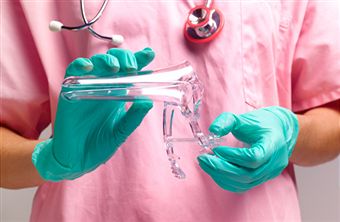
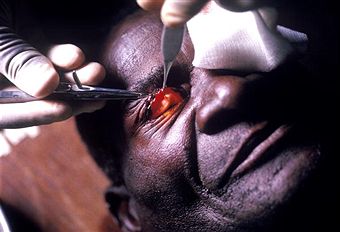
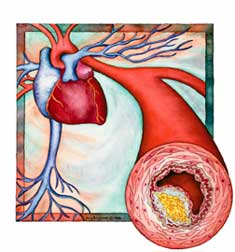
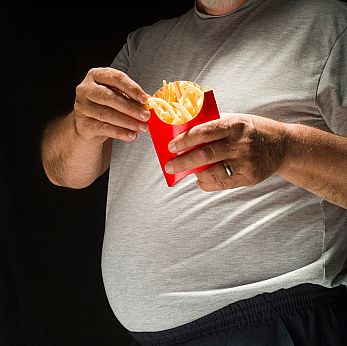
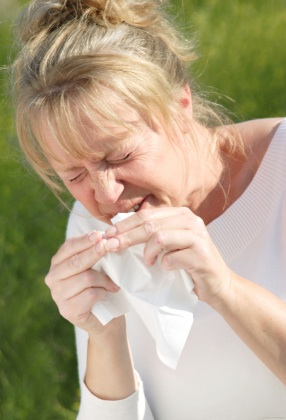
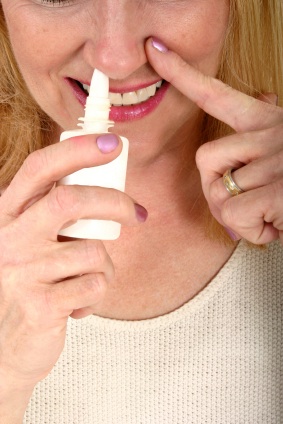 Saline spray is one of the most common treatments for nasal congestion. It is available in supermarkets, drug stores, and grocery stores. You can even make your own saline solution easily and with little cost. Bring 1 cup of water to a boil and pour in 1/4 teaspoon of non-iodized salt and a 1/4 teaspoon of baking soda. Stir lightly until the salt and baking soda is diluted, leaving the water a bit cloudy in color. Allow the solution to cool until it is at room temperature and place in a clean and sterilized 8-ounce container. You can use this solution in a neti pot or with a nasal bulb.
Saline spray is one of the most common treatments for nasal congestion. It is available in supermarkets, drug stores, and grocery stores. You can even make your own saline solution easily and with little cost. Bring 1 cup of water to a boil and pour in 1/4 teaspoon of non-iodized salt and a 1/4 teaspoon of baking soda. Stir lightly until the salt and baking soda is diluted, leaving the water a bit cloudy in color. Allow the solution to cool until it is at room temperature and place in a clean and sterilized 8-ounce container. You can use this solution in a neti pot or with a nasal bulb.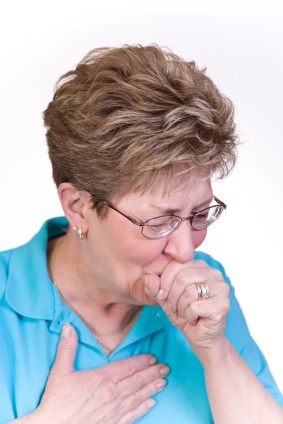 Nasal congestion is usually accompanied by excess mucous occurring in the nasal passages as well. However, this may be true occasionally, but it is not the most common reason why the nose gets congested. The most common cause for a stuffy nose is that the tissue lining it (mucous membrane) becomes swollen, usually due to some sort of irritation.
Nasal congestion is usually accompanied by excess mucous occurring in the nasal passages as well. However, this may be true occasionally, but it is not the most common reason why the nose gets congested. The most common cause for a stuffy nose is that the tissue lining it (mucous membrane) becomes swollen, usually due to some sort of irritation.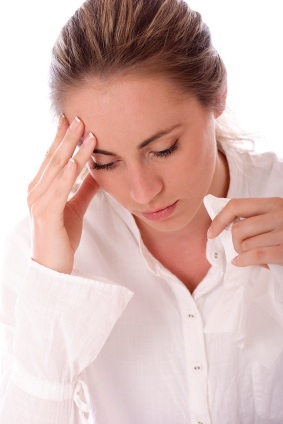 Nasal congestion is easy to diagnose, however determining the underlying cause may be more difficult. Your physician will be able to determine the cause of your congestion upon a physical examination. Normally, a primary care physician will examine your nose with a nasal speculum or otoscope and a penlight.
Nasal congestion is easy to diagnose, however determining the underlying cause may be more difficult. Your physician will be able to determine the cause of your congestion upon a physical examination. Normally, a primary care physician will examine your nose with a nasal speculum or otoscope and a penlight.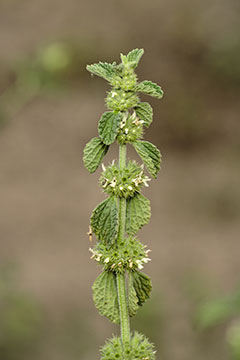
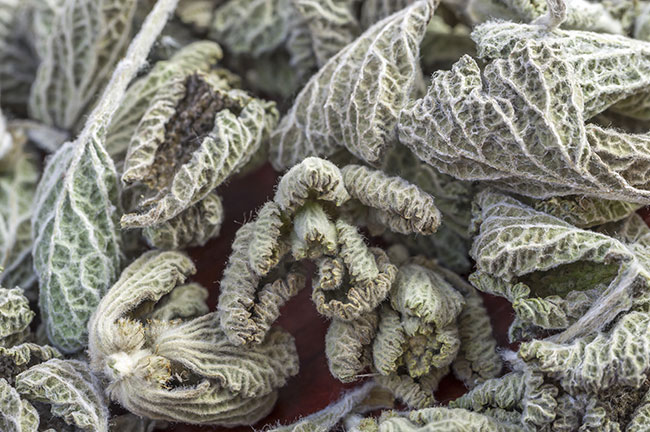
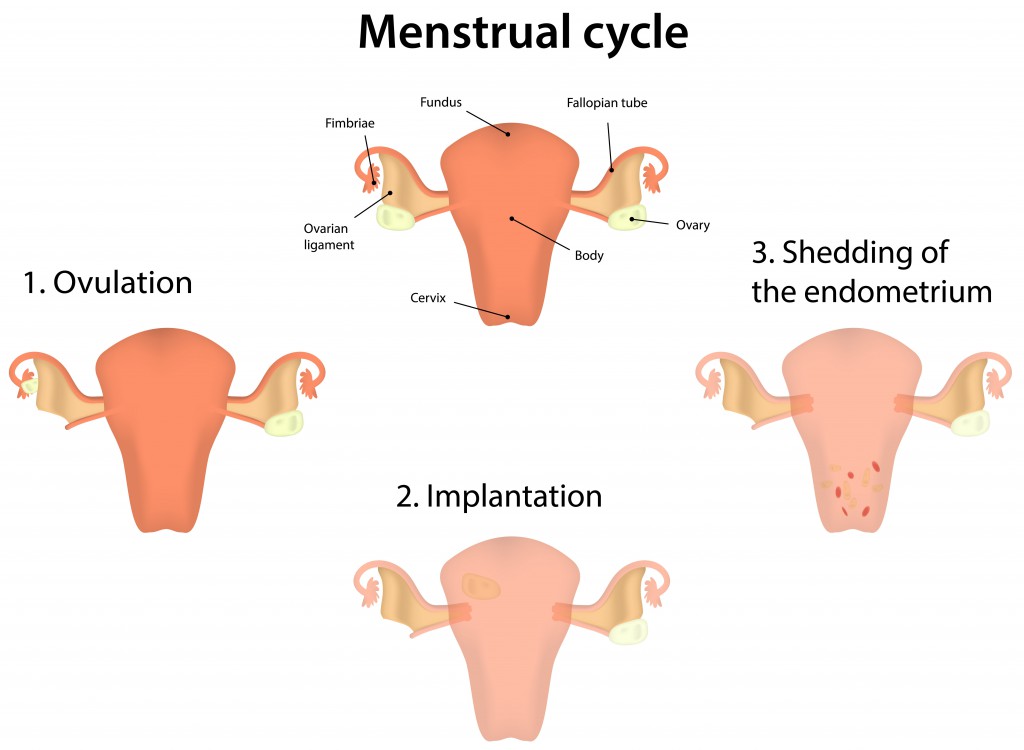

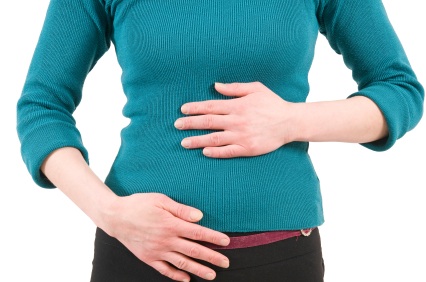

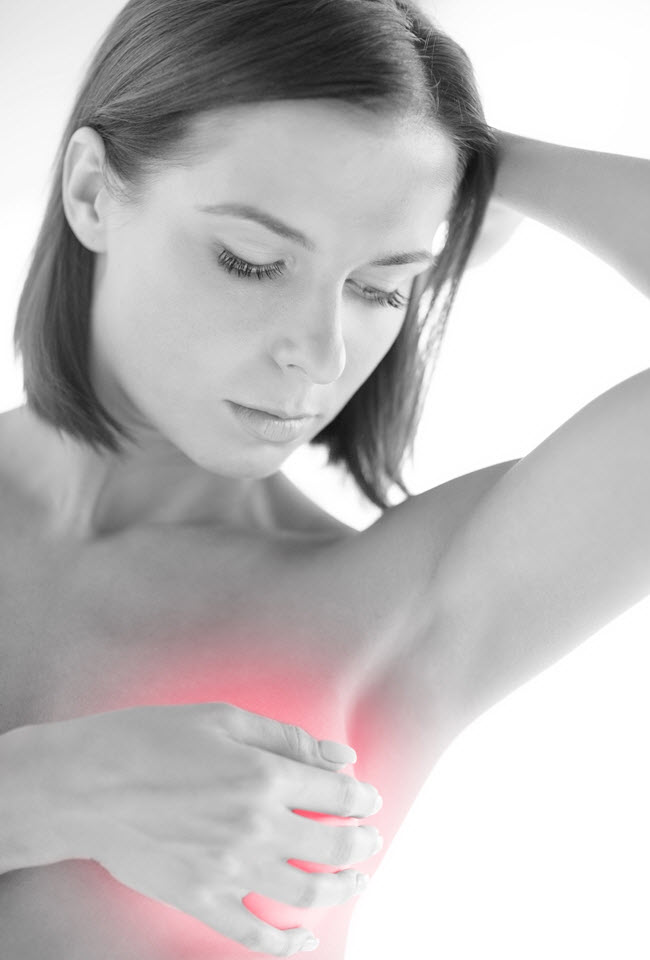

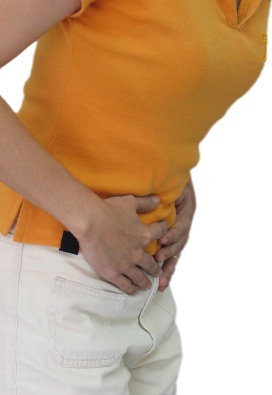
 If this test points toward a case of lactose intolerance, a follow up blood test can be done to confirm the lack of broken down sugars in the bloodstream. For babies and small children who cannot be exposed to the high level of lactose required for testing, a stool sample can be analyzed for excess amounts of lactic acid that has passed through the colon.
If this test points toward a case of lactose intolerance, a follow up blood test can be done to confirm the lack of broken down sugars in the bloodstream. For babies and small children who cannot be exposed to the high level of lactose required for testing, a stool sample can be analyzed for excess amounts of lactic acid that has passed through the colon.